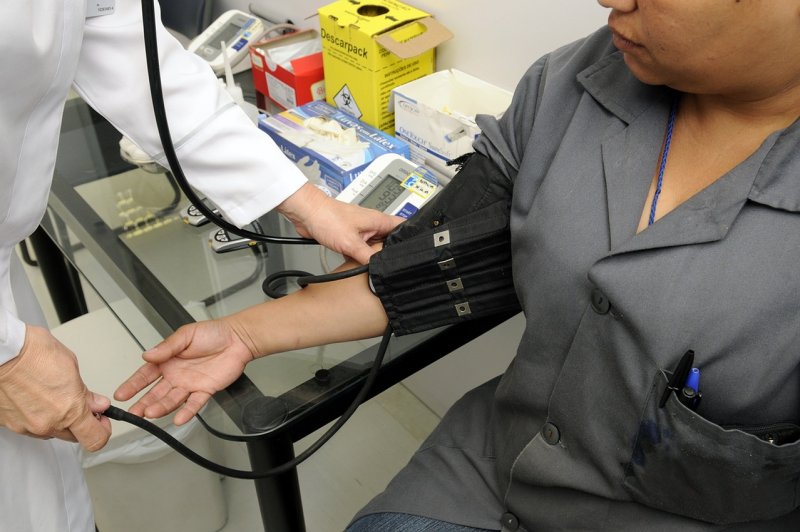Photo by hamiltonpaviana/Pixabay
WEDNESDAY, April 11, 2018 -- The overall rate of heart disease in the United States has declined 38 percent since 1990, a new report shows.
Not every state has benefited equally, however. Between 2010 and 2016, 12 states actually saw their heart disease rates begin to creep up again, the data showed.
And although the United States as a whole has made inroads against the number one killer, progress has been slower in comparison to several other countries.
For example, Denmark, Israel, Ireland, Norway, Portugal, Singapore and South Korea have all seen declines in heart disease of 60 percent or more, the researchers noted.
The U.S. is "seeing a much slower decline in health loss from cardiovascular diseases than other developing countries," said researcher Ali Mokdad, a professor of global health at the University of Washington's Institute for Health Metrics and Evaluation, in Seattle.
"To catch up, the U.S. should focus on preventable risks -- especially behavior changes such as tobacco, alcohol, and diet -- which can lead to a 'domino effect' in reducing health loss from other diseases such as diabetes and cancers," he added.
Still, "our study findings indicate a possible reversal in the long-term decline of cardiovascular disease burden across many states, largely because of U.S. population growth and aging," Mokdad noted in a university news release.
The largest improvement among states was seen in New York (46 percent) and the smallest was found in Oklahoma (22 percent). The worst heart health rating was seen in Mississippi and the best was found in Minnesota.
In 2016, the highest rates of heart disease were concentrated in a band of states stretching from the Gulf of Mexico northward to West Virginia.
Mokdad and his colleagues found that more than 80 percent of heart disease cases in 2016 were linked to 10 modifiable risk factors: unhealthy diet; high systolic blood pressure; high body mass index; high total cholesterol level; high fasting plasma glucose level; tobacco smoking; low levels of physical activity; air pollution; impaired kidney function; and alcohol use.
But after considering these factors, the researchers concluded that other risks -- including health care-related treatment disparities -- are behind the increase in heart disease rates in some states.
The study was published April 11 in the journal JAMA Cardiology.
More information
The U.S. Centers for Disease Control and Prevention has more on heart disease.
Copyright © 2018 HealthDay. All rights reserved.
![]()
















